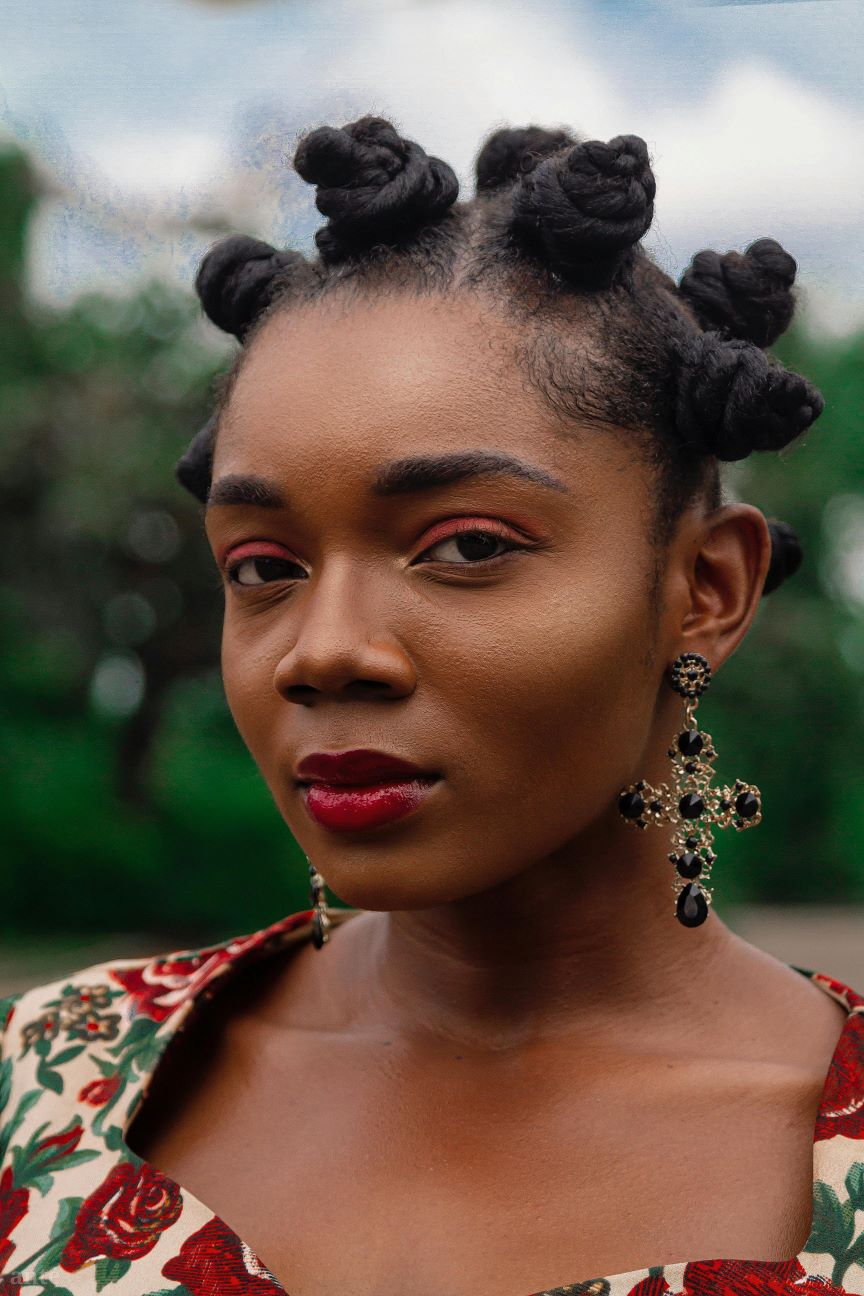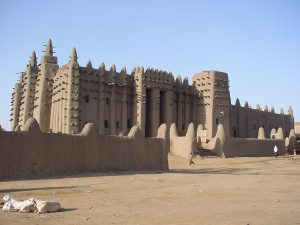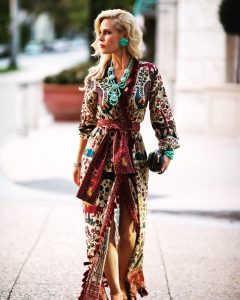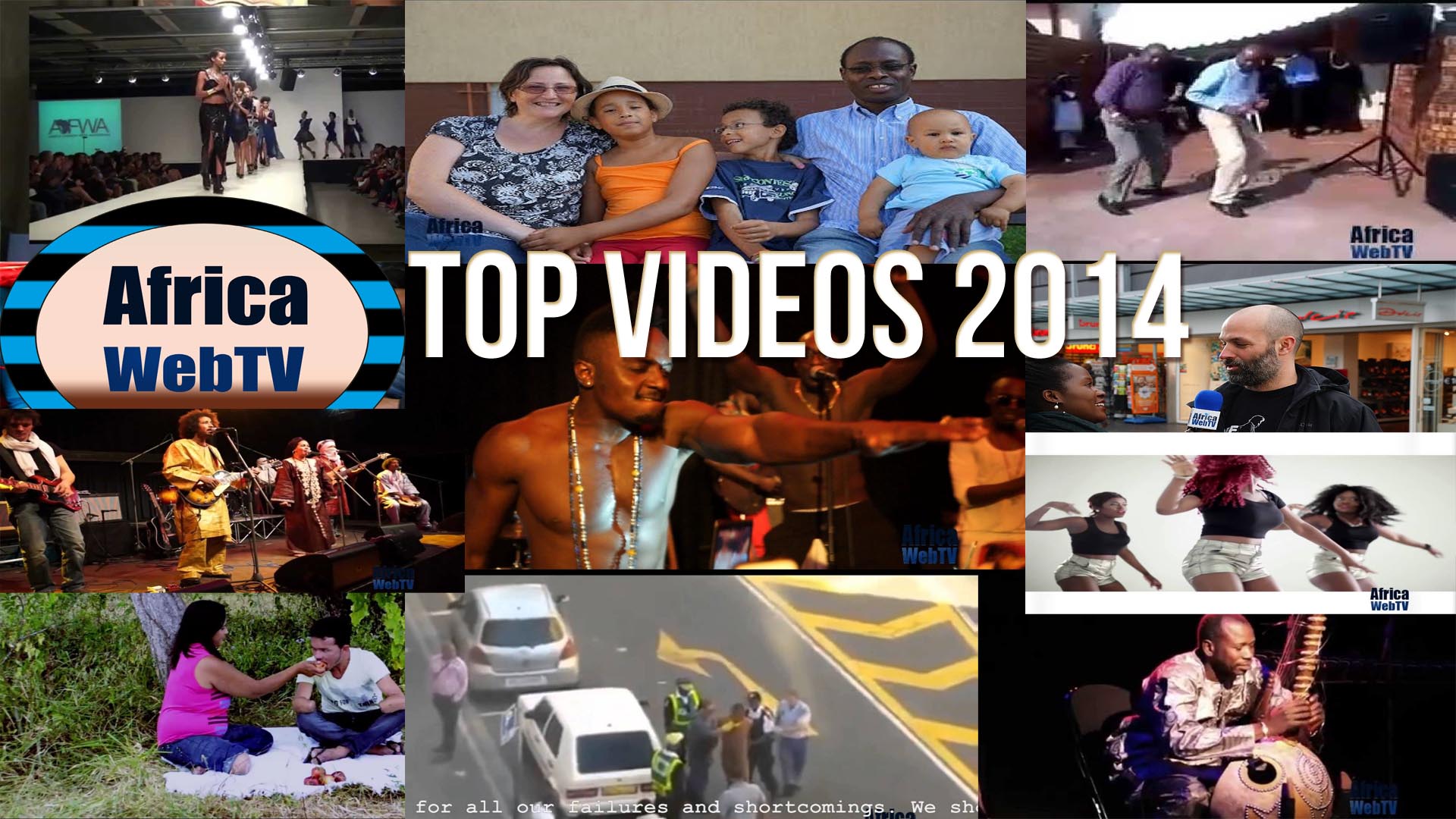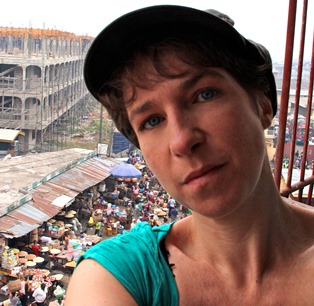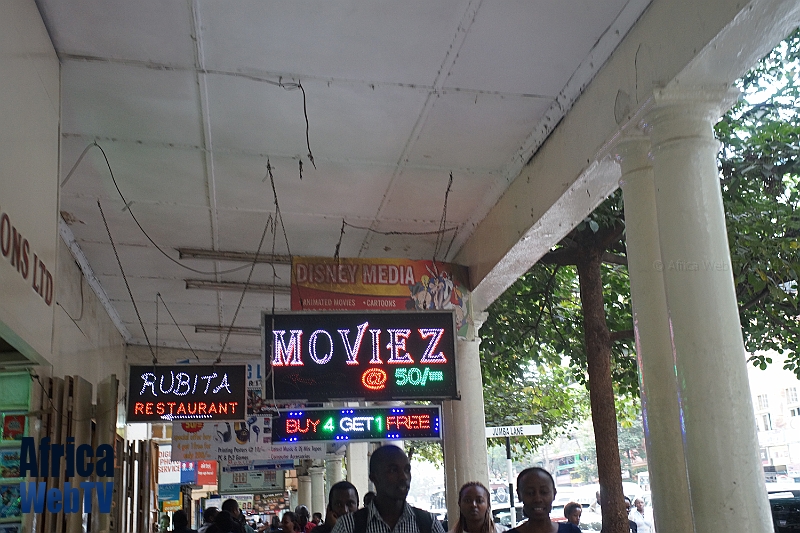The Joke Is on Them: The Western Habit of Rebranding What It Once Ridiculed
Why is it that until Western society figures out how to monetise something from Africa — or from the Global South in general — it’s labelled as primitive, barbaric, or backwards?
Because, simply put, the West has long thrived on a system where value only exists when they define it — and profit from it.
Let’s look at the concrete examples:
1. Mud Houses: From “Primitive Huts” to “Eco-Luxury Living”
For generations, mud houses across Africa — from Mali’s iconic Djenné structures to the round huts in Zimbabwe or Ghana — were labelled by Western media and education systems as signs of poverty and underdevelopment.
But in 2025, mud is suddenly chic. Those same structures are being rebranded in the West as “carbon-neutral earth homes”, “biophilic living spaces,” or “sustainable architecture.” In the USA, eco-conscious influencers are raving about rammed earth retreats and sustainable clay compounds. European architects are winning awards and magazines are calling it the future of green living. Investors are pouring money into “bioclimatic earthen dwellings.”
Meanwhile, in Africa—where for centuries entire communities have lived in mud homes shaped by sun, hands, and heritage—people watch the trend unfold with a raised eyebrow and a wry smile. Because not long ago, that same West labelled those homes primitive, poor, and backwards. Western photographers snapped pictures of cracked mud walls to represent poverty in charity campaigns. Aid workers built concrete blocks and tin roofs, calling it “development,” even though they trapped heat and crumbled faster.
But now, with the planet burning and modern housing failing under its own weight, the so-called “primitive” solution has become the cutting-edge answer. It’s ironic. It’s absurd. It’s poetic justice in earth tones.
The same mud they mocked is now the mud they marvel at.
They mocked the mud until it cooled their overheating homes.
2. Barefoot Walking: From “Too Poor for Shoes” to a 500-Euro Nature Retreat
In many African communities, walking barefoot is a part of life — especially in rural areas. For centuries, Western visitors saw it as a sign of extreme poverty or neglect.
Now? In Germany, the UK, and the Netherlands, there are “grounding retreats” where participants pay €300–€500 to walk barefoot on grass, sand, or earth for “spiritual reconnection” and “electromagnetic balance.” They’re literally paying to do what African kids were once pitied — or mocked — for doing.
They called it poverty, until they could sell it as wellness.
3. Traditional Herbal Medicine: From “Witchcraft” to “Holistic Healing”
African herbalists have used plants like baobab, dongoyaro, moringa, and hibiscus for centuries — not just for healing, but for everyday wellness. These practices were dismissed by Western medicine as superstition or folk remedies.
Fast forward to today: major Western companies now market these same herbs as superfoods and natural supplements, wrapped in sleek packaging and sold at supermarkets at premium prices.
When the leaves were in African hands, it was myth. In a glass jar with a label, it became medicine.
4. African Spirituality: From “Heathen” to “Mystical”
Indigenous African spiritual systems were demonised by missionaries, colonialists, and even post-colonial governments. Practices like drumming, ancestor veneration, and ritual dance were called pagan or satanic.
Today, elements of those same traditions — rhythmic breathing, drumming circles, chanting, meditation — are being taught in yoga studios and mindfulness retreats across the U.S. and Europe, often stripped of their roots but sold as pathways to enlightenment.
They burned the drum, then sold its echo back as healing.
5. African Hairstyles and Fashion: From “Unprofessional” to “Runway Chic”
Hairstyles like cornrows, locs, and Bantu knots have historically been criticised in Western settings — even banned in schools and workplaces. Black children were punished for wearing them.
Yet now, these same styles are flaunted by celebrities on magazine covers and praised as boho-chic or Afro-futuristic — often without credit to their cultural roots.
It wasn’t beautiful until it left Black hands and landed in fashion week.
So, Why Does This Keep Happening?
Because cultural theft becomes cultural “innovation” once it’s filtered through whiteness and wealth. The system rewards Western validation and punishes indigenous authenticity — until it’s profitable.
1. Colonial Mindset and Cultural Superiority
For centuries, Western powers justified colonisation by labelling non-Western ways of life as inferior, savage, or primitive. This narrative wasn’t just propaganda — it was part of a larger psychological operation that allowed exploitation to happen with moral comfort. If a culture was seen as “uncivilised,” then taking its land, labour, or knowledge felt justified.
So when Africans lived in harmony with nature, used herbal medicine, built with mud, or practised spiritual traditions, the West didn’t stop to understand — it dismissed and demeaned. The goal wasn’t mutual respect — it was domination.
2. Capitalism Doesn’t Like What It Can’t Profit From
Western systems tend to ignore or devalue anything that doesn’t generate profit for them. If mud houses, traditional medicine, or communal farming couldn’t be turned into a branded, scalable product, they were called backwards. But the moment there’s a market — a way to sell it, patent it, or turn it into a trend — suddenly it becomes “innovative,” “sustainable,” or “disruptive.”
This is why yoga becomes a billion-dollar industry in the West, while its spiritual roots are sidelined. It’s why Shea butter gets rebranded as a luxury skincare ingredient, while the women who’ve made it for generations remain underpaid. It’s not about discovery — it’s about ownership.
3. Control of Narrative
The West has long controlled the global narrative through media, academia, and industry. So when African cultures do something first, it’s often ignored or vilified. When the West adopts the same thing, it’s seen as a breakthrough. The same mud house becomes a “carbon-neutral earth home” in the U.S. but a “sign of poverty” in Ghana.
This narrative control has real consequences: it affects funding, reputation, and how people view themselves.
4. Racism, Plain and Simple
Underpinning all of this is a legacy of racism — the idea that African knowledge is less valuable, less rigorous, or less worthy of respect. It shows up in the way indigenous wisdom is dismissed until it’s “validated” by Western scientists or institutions.
So what’s the result?
Africans have often been made to feel ashamed of their own innovations — only to see those same ideas celebrated globally once the West finds a way to sell them. But times are changing. More and more Africans are reclaiming their narratives, protecting their intellectual property, and challenging the global system to give credit where it’s due.
But Now, the Joke Is on Them
The world is burning, literally and metaphorically. And suddenly, the answers to climate resilience, wellness, and community — answers that African societies have held for generations — are being sought by the very cultures that once dismissed them.
The lesson?
Africa was never behind. The world just refused to listen — until it needed saving.
The mud, the barefoot path, the bitter leaf, and the drum? They’re all still here. Still standing. Just like Africa.
And this time?
We know who the joke’s on.
